In the early hours of October 1st, the United States officially entered a government shutdown, a scenario where large parts of federal operations grind to a halt because lawmakers and the White House cannot agree on a budget.
While this isn’t the first time it has happened, the stakes are high: it’s the first shutdown in seven years and the fifteenth since 1981. The most recent one, back in 2018–2019, lasted a record-breaking 35 days, leaving deep scars on federal agencies and the everyday lives of millions of Americans. Now, once again, the political deadlock has thrown the country into a state of uncertainty.
What exactly is a government shutdown?
Each year, Congress must pass spending bills that keep the government funded. If lawmakers fail to approve these appropriations before the deadline, funding expires and agencies are forced to suspend operations.
Not everything stops at once. Services deemed “essential” — such as national security, air traffic control, or emergency medical care — continue to function. But many other parts of government, ranging from scientific research and environmental programs to administrative offices and museums, are either scaled back or closed altogether.
In this shutdown, around 750,000 federal employees face furloughs, meaning they are temporarily sent home without pay. Others are required to keep working, but won’t receive paychecks until the standoff is resolved.
Why did this shutdown happen?
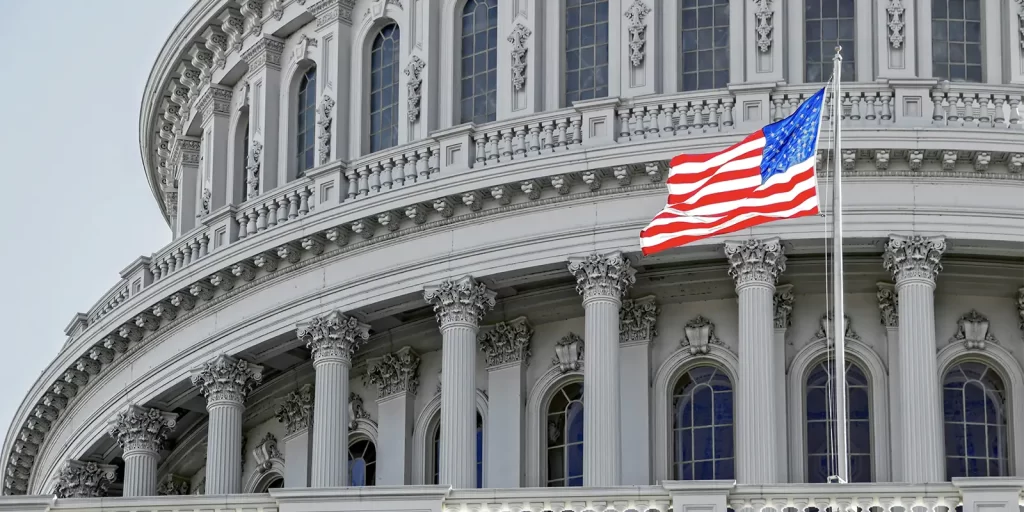
At the heart of the dispute is a budget battle between Democrats and Republicans.
- Democrats pushed to extend healthcare benefits for millions of Americans set to expire at the end of the year.
- Republicans refused to include that provision in the broader spending bill, arguing that healthcare should be debated separately.
The deadline expired at midnight without a compromise, triggering the shutdown.
This clash highlights the deep polarization in Washington. Instead of bargaining toward middle ground, both parties have dug in their heels, using the shutdown as leverage for political advantage — at the cost of public services.
What closes and what stays open?
The shutdown’s effects ripple through multiple areas of public life:
- Defense and security: The Pentagon continues operating, and most Homeland Security staff remain at their posts. Military operations proceed, though service members and civilian defense workers will see delayed pay.
- Healthcare: Programs like Medicare and Medicaid remain active, but limited staffing could mean slower service.
- Education and student aid: Pell Grants and federal student loans will still be distributed, but most other Education Department staff will be furloughed, and new programs or grants are on hold.
- Science and research: The National Institutes of Health (NIH) will only accept new patients in emergencies, while many research grants and contracts are frozen.
- Food and drug safety: The FDA continues critical work like recalls and disease outbreak responses, but halts reviews of new drugs, devices, and some long-term food safety initiatives.
- Air travel: Air traffic controllers and safety technicians keep working, though unpaid, ensuring planes can still fly. However, hiring, training, and certain inspections are suspended, raising concerns about future delays.
- Parks and museums: National parks may stay partially open but with reduced staff, creating safety and conservation risks. Smithsonian museums and the National Zoo will remain open for a few days using leftover funds, but services like live animal cams are already suspended.
- Social Security: Payments continue, as they are protected by law, but fewer employees means delays in new applications and inquiries.
How does it affect ordinary Americans?
While “government shutdown” can sound abstract, the consequences are very tangible:
- Families of federal workers lose their income — at least temporarily — creating financial stress.
- Citizens face longer wait times for passports, immigration paperwork, or benefit applications.
- Contractors and universities tied to federal funding risk losing vital payments.
- Tourism and local economies take a hit when major attractions like parks and museums reduce operations or close altogether.
Economists often stress that shutdowns don’t actually save money. In fact, they tend to cost more in the long run due to lost productivity, administrative delays, and economic uncertainty.
The political and economic backdrop
Shutdowns are not just accidents — they are political weapons. Both parties use them as bargaining chips during budget talks.
In this case, the Trump administration has emphasized its broader goal of shrinking the federal government, making mass layoffs and program cuts part of a long-term agenda. That makes the current shutdown more than a temporary funding dispute; it’s also about reshaping government itself.
On the economic front, the stakes are massive. The U.S. budget amounts to around $7 trillion, with $1.7 trillion going directly to agency operations. Meanwhile, the national debt has ballooned past $37 trillion, raising the pressure on fiscal negotiations and limiting the government’s flexibility.
What comes next?
In the past, financial markets have often brushed off shutdowns. But analysts warn this time could be different, partly because there is no sign of serious bipartisan negotiations.
One possible way out would be a temporary measure known as a continuing resolution, which would fund the government for a short period while talks continue. Yet, recent attempts at passing such bills have failed in both the House and the Senate.
Without a breakthrough, this shutdown could drag on even longer than previous ones, with serious costs for workers, agencies, and the broader economy.
A question of national priorities
Perhaps the most important lesson is that budgets are not just financial documents — they are statements of values and priorities. Deciding which programs to fund or cut reveals what the government considers essential.
Shutdowns, then, become more than political squabbles: they create fear, confusion, and economic pain that spread far beyond Capitol Hill. They are reminders of the growing inability of America’s political system to resolve conflicts through compromise.
Conclusion
The U.S. government shutdown is more than a bureaucratic inconvenience; it is a stark symbol of how partisan gridlock can paralyze the most powerful nation in the world. Its effects go far beyond Washington politics, touching the daily lives of ordinary citizens.
As Americans wait for leaders to strike a deal, the bigger question looms: can the country’s political class put the nation’s well-being above party divisions?
For now, the answer remains uncertain.







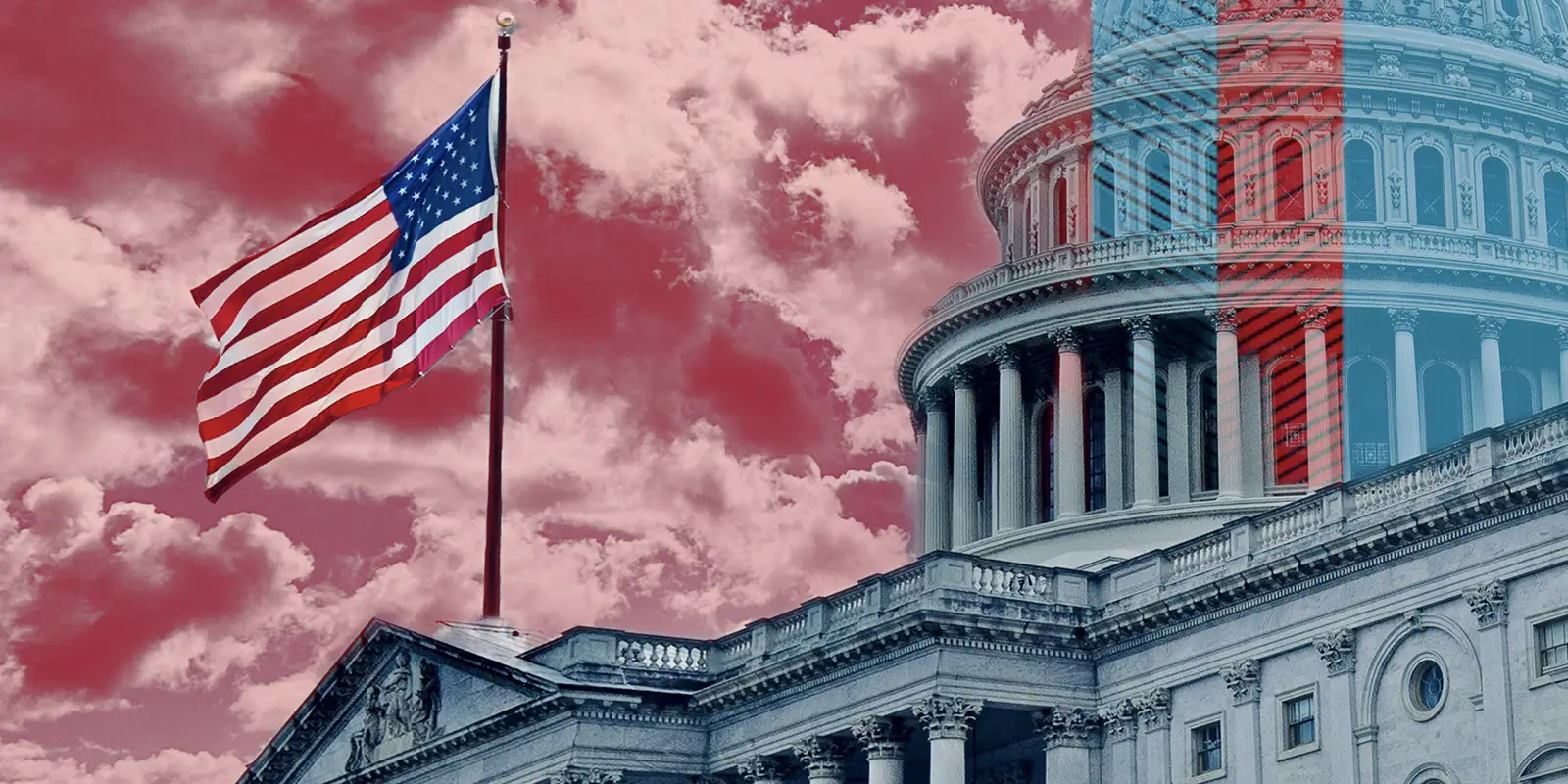




















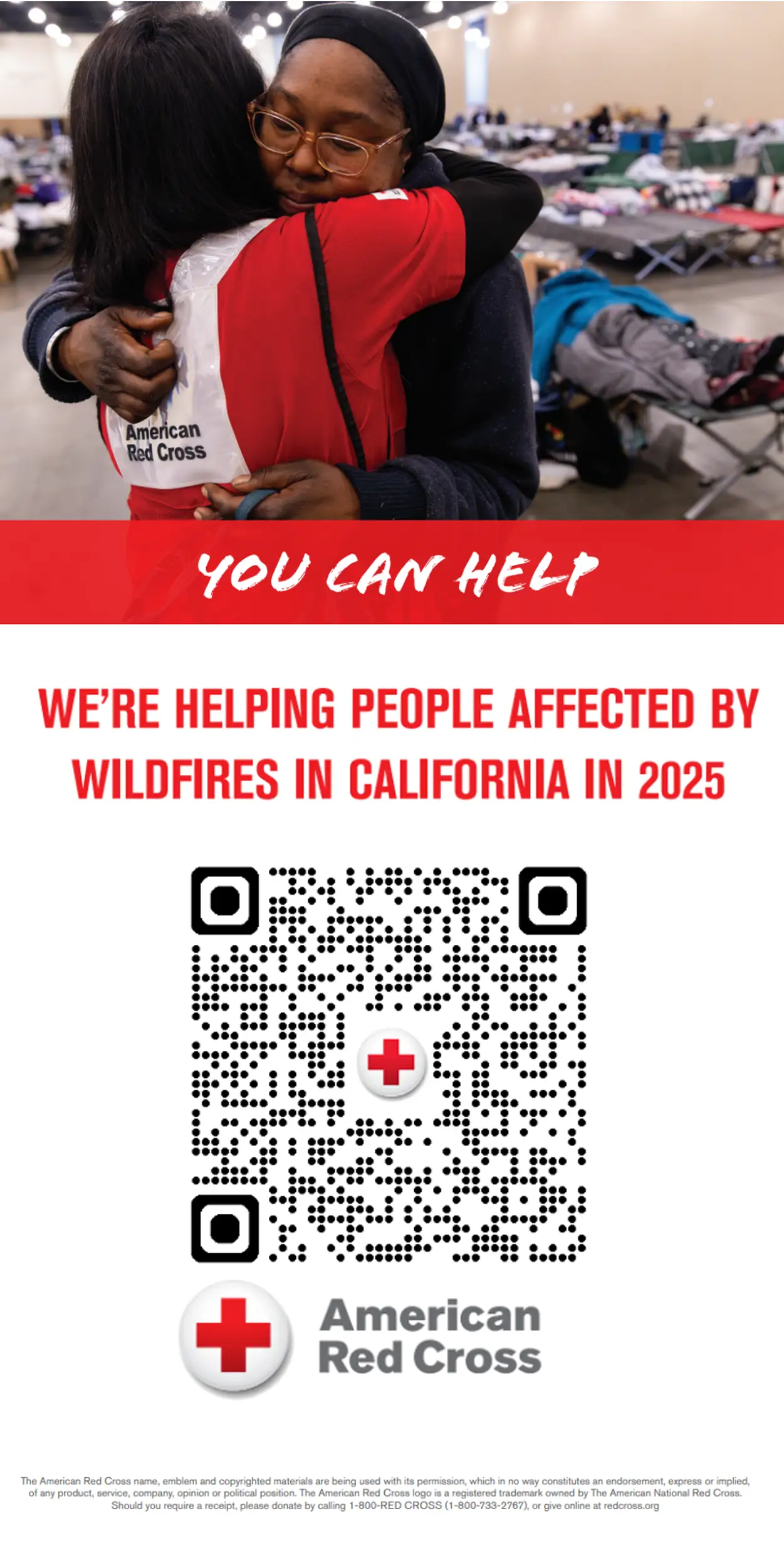






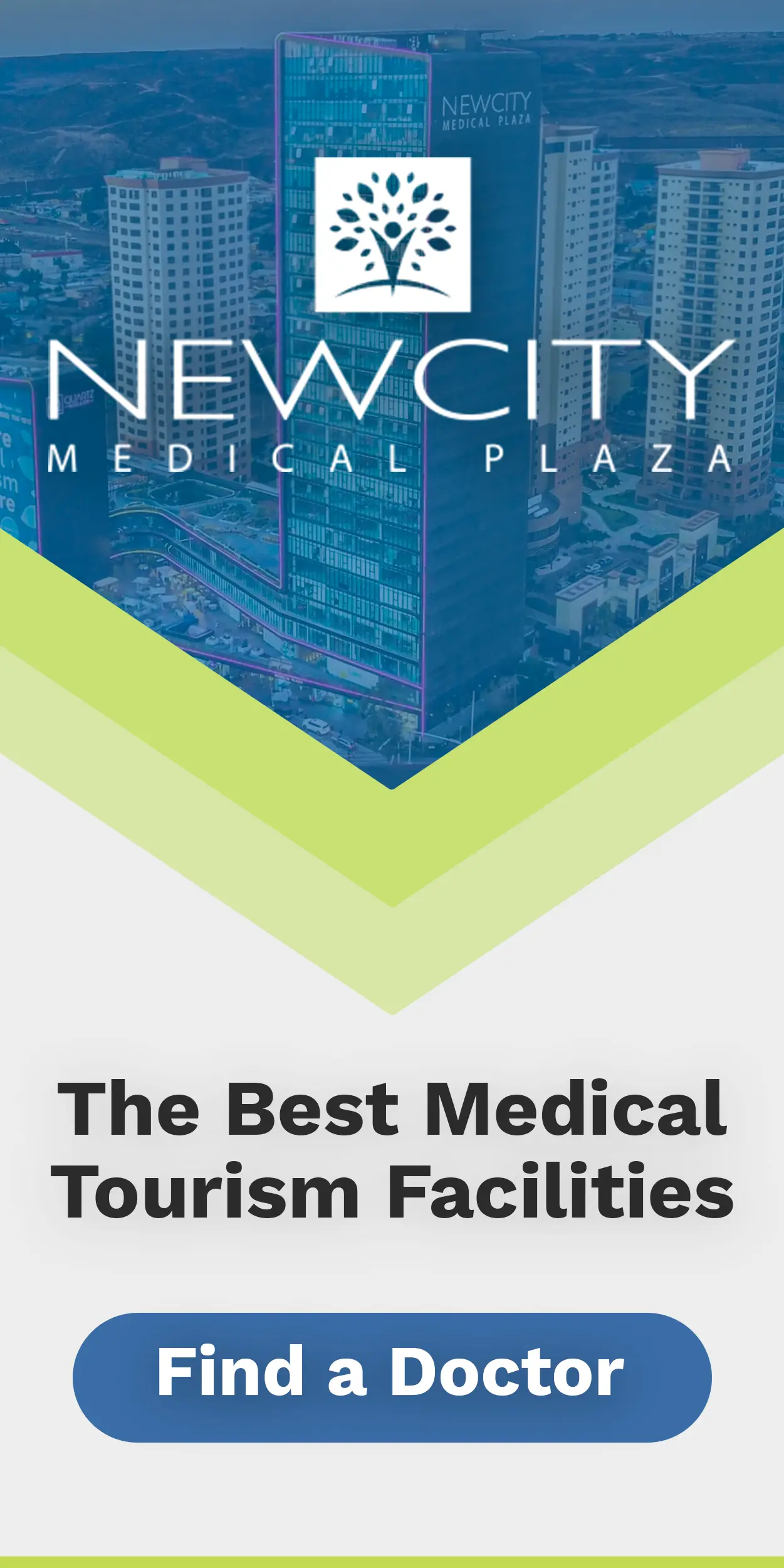
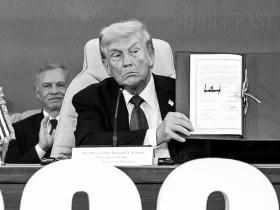



Leave a Reply